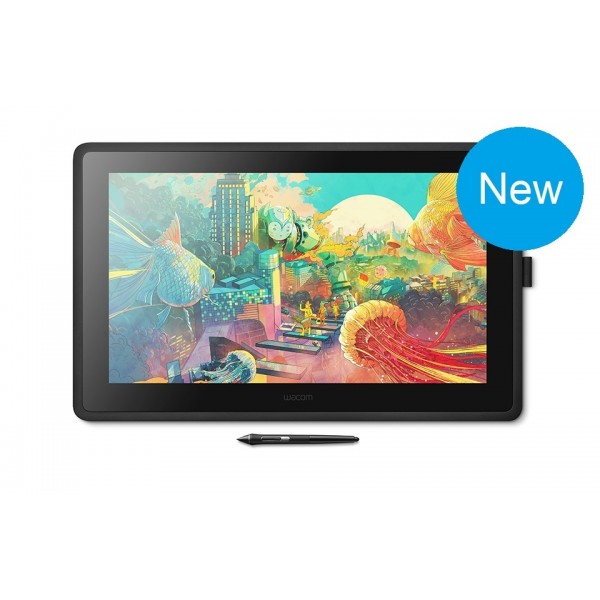

It can also complement or replace scripts like Null Swapper or Particular Lights.” A video intro would be nice, and maybe a donation button within visible range. In combination with Symmetrion it will also allow tracking shapes and lines to create graphical patterns or mattes.
#VIDEO2BRAIN WACOM MASTERCLASS CODE#
In addition to lights, the code also supports Null layers such as they can be exported from several 3D programs and also offers an easy way to attach to tracking data, either by using Null objects and lights with the 3D tracker in After Effects CS6, or to the classical 2D point tracker and imported data from mochaAE. This can be useful if you want to avoid certain things to affect your 3D items in the composition. The expression offers this functionality to effects that do not have such features built-in, and in addition can help you to decouple different light groups from the ones you may be using in one of the aforementioned plug-ins. This is similar to plug-ins like Trapcode Particular or Plexus or several lens flare plug-ins that can use 3D lights to determine positions for their emitters and lighting effects. PointGlue:XYZ, from Mylenium, is a donationware “expression-based toolset that allows you to attach layers and position effects controls to other position point data sources. …And to put other minds at rest: AE CS6 has not changed or lost anything in this regard compared to CS5.”Ĭlean Up in After Effects CS6 and Photoshop, by Guru Vaidya, is a “quick tutorial on using the new 3D tracker in After Effects CS6 for clean up work.” This particular trick needs physical cores to actually do any work. Aside from that, you can enable multiprocessing, which launches multiple copies of After Effects in the background, assigning one copy (process) to one core. And you will see acceleration from that with both physical and virtual cores. Usually that translates into – the most RAM you can possibly afford!”Ĭhris Meyer continued: “hyperthreading and multiprocessor… – they're not the same!!! …Parts of the program may be running one process, but using many cores – that's hyperthreading.

Meaning – the amount of memory you need for previews and general computing – and the actual number of CPU's you will be using if you decide to turn on MP. The advice from Chris is still sound – buy RAM for what is truly used. Ae attempts to take this into account with memory management and limiting the number of CPU's as one way to keep HT on and let the scheduler in the OS do the rest. Therefore – if spawned instances of Ae are equal to the total number of CPU's – you will have Ae instances trying to use the HT CPU's as if they were real ones.Īt this point the scheduler in the OS is going to try to route traffic as efficiently as possible – however – on long renders – you will have Ae instances trying to compute on some CPU's that frankly don't exist. The OS reports to Ae the number of processors – Ae CANNOT distinguish the difference between a real CPU and an HT one. MP means that Ae essentially spawns multiple instances of itself (and renders a complete frame on that instance) and makes this determination based on a mix of available RAM and # of processors. That's on your bread and butter stuff.Ĭhris is articulating MP only. Many effects, processes etc can utilize the benefits of spawning many threads and having the additional semi-CPU's work with them. HT is very powerful for AE on a normal basis. “Just for clarity – I think a minor (perhaps major!) point got lost. AE prodcut manager Steve Forde posted this on in an interesting thread on the AE-List:


 0 kommentar(er)
0 kommentar(er)
